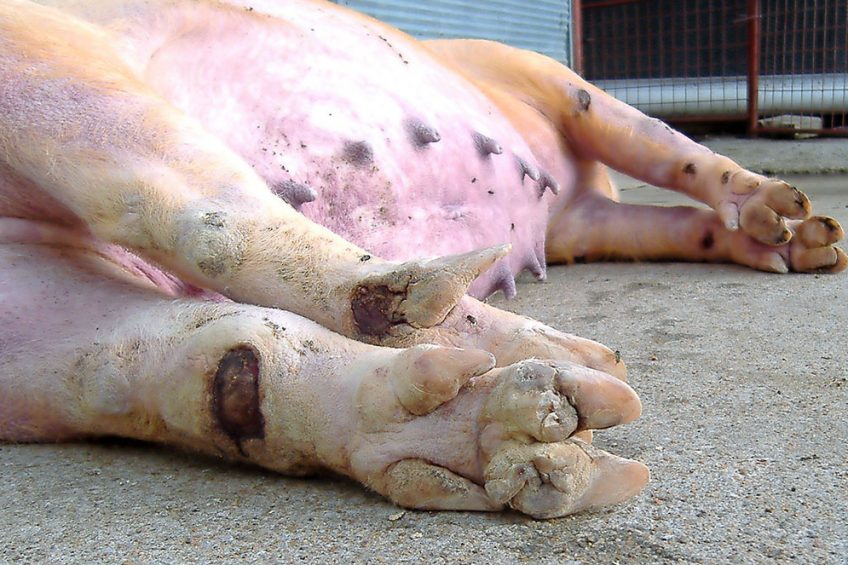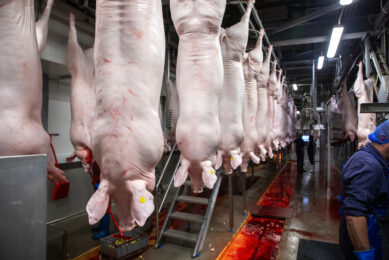Sow mortality in the US – 1 year later

In a recent comprehensive US research, 20% of sow mortality was attributed to prolapse. While appreciating that result, pig health and welfare expert Dr Monique Pairis-Garcia also feels we are still missing the bigger picture as to why sow mortality occurs.
A year ago, it was difficult to find any article about the swine industry that did not have a primary focus on the heightened concern over increased sow mortality rates on-farm.
In this sow mortality article, which I wrote in October 2017, and followed up by a joint-collaboration with Casey Bradley in 2018, US producers have been at a loss over mortality rates, searching to identify anything to explain the rise in sow deaths. Given the industry wide interest on this topic from both a national and international level, and mortality rates as high as 15%, research dollars have been put forth and multi-institutional collaborations have been formed to provide some answers.
Sow mortality: Research by Iowa State
Recent work conducted by Iowa State University (ISU) has shed some light on the possible role of pelvic organ prolapse on sow loss. In a recent study enrolling over 100 commercial sow farms across the US, representing 400,000 sows, ISU research team collected data on the effect of production systems, geographic location, management practices and genetics on sow mortality.
Over the course of 6 months, researchers and on-farm staff collected mortality rate on a weekly basis, categorising sow death into 8 standardised categories. The results from this study indicate a 2.7% annualised mortality due to prolapse with individual farms ranging from 0.3-10.3%.
Risk factors associated with prolapse in sows
Researchers found risk factors associated with prolapse, including sows with poor body condition (thin; score 1) more likely to prolapse than sows with better body condition (normal-overweight; score 2-3). In addition, feeding strategy prior to farrowing and water treatment also influenced prolapse. Farms implementing bump-feeding strategies on thin sows prior to farrowing and farms treating water both demonstrated lower prolapse rates.
This information has helped shed light on prolapse incidence and potential risk factors associated with this condition.

Read more about pig health in the Pig Progress Health Tool
Although this is by far the most comprehensive data set we have to date on US sow mortality, I cannot help but to think that we are still missing the big picture. When evaluating the 24-week data collection period, 20% of sow mortality noted was attributed to prolapse. However, 39% of mortality cause was identified as unknown (largest category) and the 2nd largest mortality cause was attributed to lameness (29%). This means that 68% of deaths that occurred over the course of this trial had nothing to do with prolapse. It is without a doubt that prolapse contributes to mortality rate on-farm and there are clear risk factors influencing the incidence of prolapse rate.
Meeting the sow’s nutritional requirements
But, is prolapse the most important factor that we should be looking at? Perhaps, Casey Bradley was leading us in the right direction when she focused on the importance of meeting the sow’s nutritional requirements and selecting sows based on appropriate leg structure.
Although we still do not have a clear answer, I am optimistic that the US swine industry, in collaboration with excellent scientists, producers and allied industry will continue their efforts in identifying science-based solutions to improve sow survivability.











